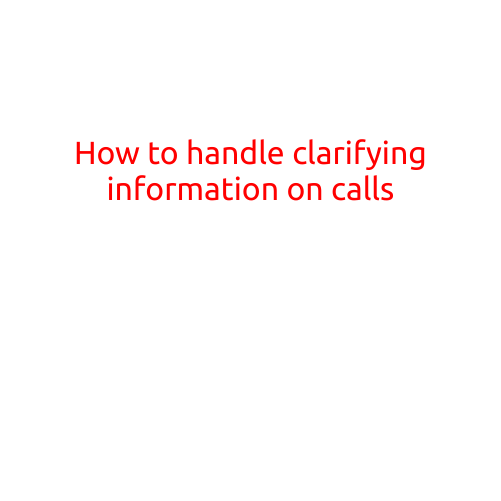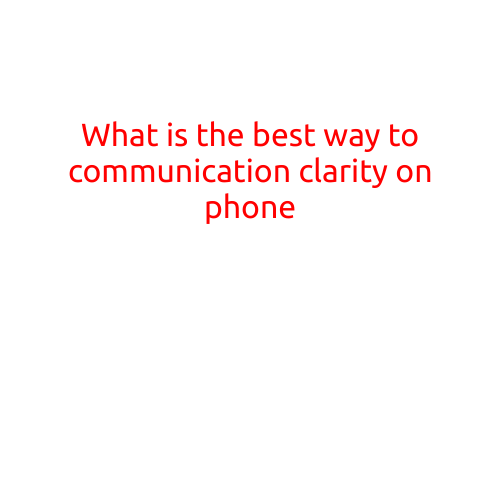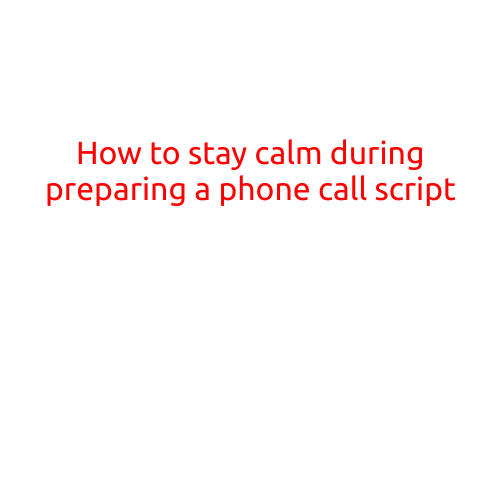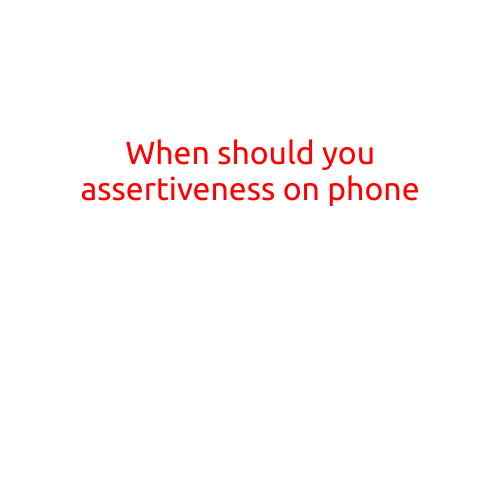
How to Handle Clarifying Information on Calls
Effective communication is crucial in any business, and handling clarifying information on calls can make all the difference in ensuring that your message is understood correctly. Clarifying information is often necessary to avoid misunderstandings, resolve issues efficiently, and provide excellent customer service. In this article, we’ll explore how to handle clarifying information on calls to ensure seamless communication.
Why is Clarifying Information Important?
Clarifying information is essential to confirm that you and the caller are on the same page. It helps to:
- Avoid misunderstandings: By asking questions and seeking clarification, you can prevent miscommunication and ensure that the issue is resolved correctly.
- Save time: Clarifying information upfront can prevent misunderstandings and resolve issues more quickly, reducing the need for repeat calls and follow-ups.
- Improve customer satisfaction: Providing excellent customer service involves actively listening to customers and seeking clarification when necessary to ensure their concerns are addressed.
Tips for Handling Clarifying Information on Calls
- Listen carefully: Pay attention to the caller’s concerns and ask questions to clarify any points you’re unsure about. Repeat back what you’ve understood to ensure accuracy.
- Ask open-ended questions: Encourage the caller to provide more information by asking open-ended questions that can’t be answered with a simple “yes” or “no.” For example, “Can you tell me more about the issue you’re experiencing?”
- Use active listening skills: Maintain eye contact, nod to show you’re engaged, and paraphrase what the caller has said to ensure you understand their concerns.
- Clarify jargon and technical terms: If the caller uses technical terms or industry-specific jargon, ask them to explain it in simpler terms to ensure you understand the issue correctly.
- Take notes: Record the caller’s concerns and any agreed-upon solutions to ensure that you and the caller are on the same page. Review your notes to ensure accuracy.
- Confirm agreements: Summarize the agreed-upon solution or course of action with the caller to confirm that you both are on the same page.
- Escalate when necessary: If you’re unsure about how to handle a situation or require additional support, don’t hesitate to escalate the issue to a colleague or supervisor.
Best Practices for Handling Clarifying Information on Calls
- Use a conversational tone: Speak in a natural, conversational tone to put the caller at ease and encourage them to share more information.
- Avoid interrupting: Allow the caller to finish speaking before responding or asking a question. Interrupting can lead to misunderstandings and frustration.
- Stay patient and calm: Keep your tone calm and patient, even in stressful situations. Avoid conveying emotions or frustration through your tone or language.
- Show empathy: Acknowledge the caller’s concerns and show empathy to build trust and rapport.
Conclusion
Handling clarifying information on calls requires active listening skills, open-ended questions, and a willingness to seek additional information. By following these tips and best practices, you can ensure that your customers’ concerns are addressed promptly and effectively. Remember to stay patient, calm, and empathetic, and always prioritize understanding and accuracy. By doing so, you’ll be able to provide exceptional customer service and build strong relationships with your customers.





